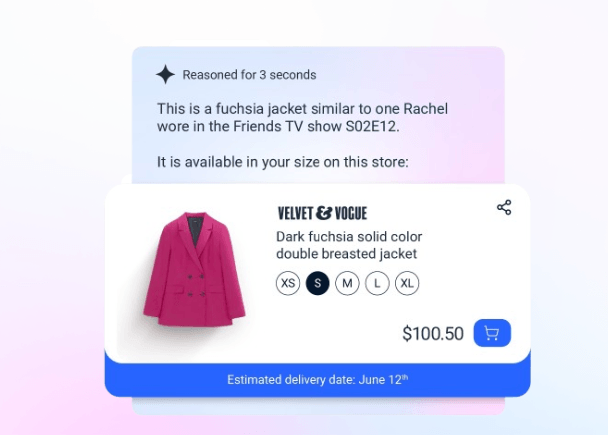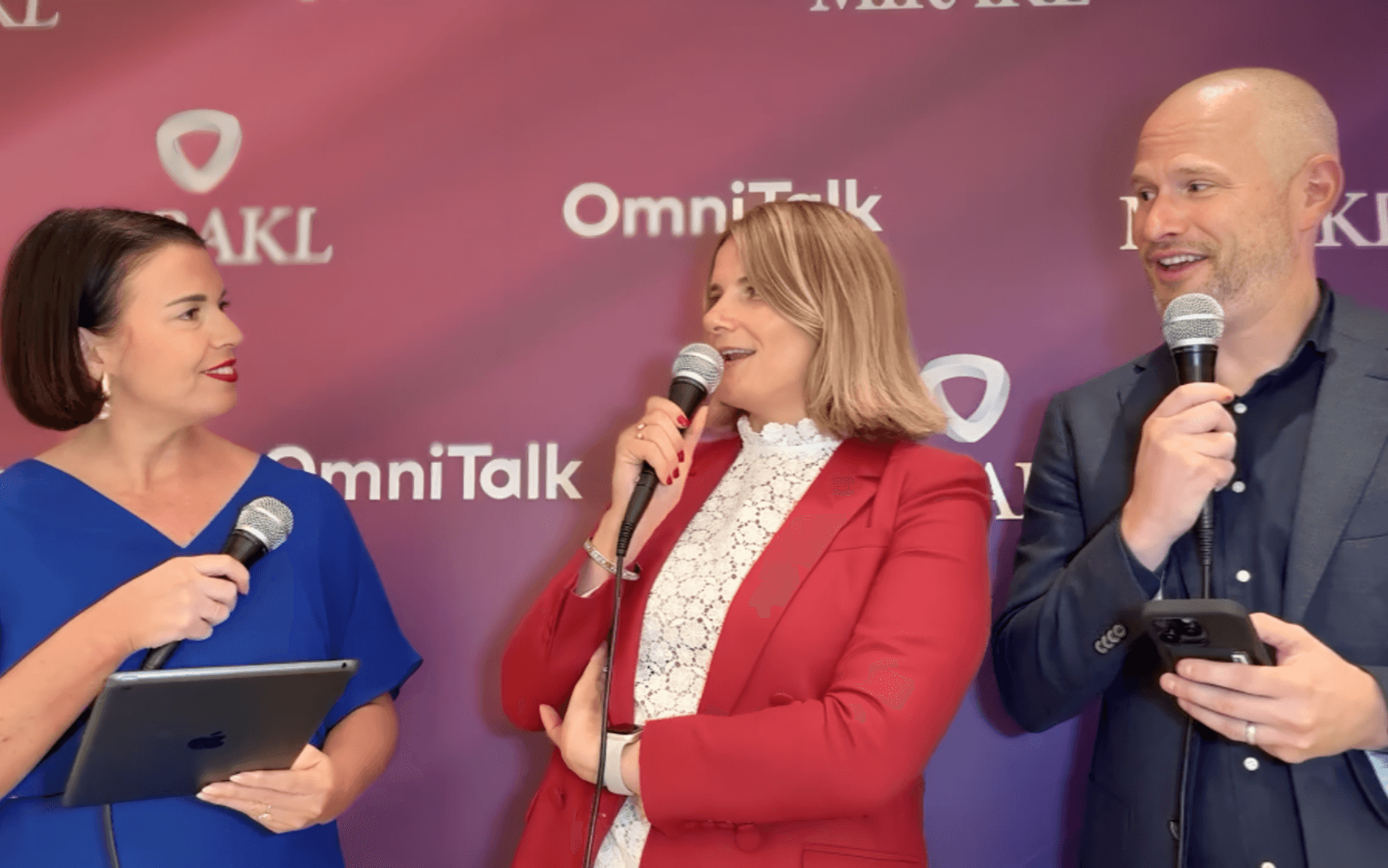From physical to agentic: The next great commerce shift

For centuries, commerce was physical, personal and human. It happened face to face, in shops, over the phone or during a sales visit — grounded in a few enduring principles: price, availability and service. Whether buying a product or negotiating a contract, those three pillars defined the quality of the commercial experience.
Loading...
That foundation didn’t disappear. But at the end of the 1990s, a profound shift began, the first in a series of revolutions that continue to redefine how we buy and sell today. Over the next two decades, we've witnessed three distinct phases: Commerce 1.0 brought digital storefronts and multichannel experiences, Commerce 2.0 unleashed platform economies with infinite availability, and now Commerce 3.0 is emerging with agentic commerce, where AI agents anticipate needs and act autonomously on our behalf.
How did we evolve from simple online catalogs to AI agents that negotiate and purchase independently? Let's explore how these three revolutionary phases led us to the agentic commerce era.
Commerce 1.0: The dawn of digital commerce
With the rise of the web, a new channel emerged, one that digitized the relationship between buyers and sellers. Traditional retailers expanded online, and new digital-native players entered the scene. This gave birth to multichannel, and later omnichannel commerce, as companies sought to merge physical and digital touchpoints into coherent journeys.
The smartphone accelerated this shift. Retailers needed real-time inventory management and seamless user experiences across mobile, web and store, and they needed to maximize product availability to make every customer visit count.
Loading...
Commerce 2.0: The platform revolutionizes scale
Platforms like Amazon, Airbnb and Uber didn’t just adapt to new channels; they redefined availability itself. By aggregating fragmented and individual supply — from warehouses, homes or cars — they unlocked new kinds of inventory and new revenue streams.
Loading...
Commerce 2.0 wasn’t just about online presence. It was about unlocking platform models, enabling anyone to become a seller or provider. Availability became infinite as long as you could orchestrate it.
Loading...
At Mirakl, we saw that shift coming. In 2012, we built the infrastructure to help every business — retailers, manufacturers, brands, wholesalers and distributors — embrace the platform model and scale product availability like Amazon. Our marketplace and dropship technology became a key driver for businesses looking to grow without expanding inventory risk.
Loading...
Commerce 3.0: The rise of agentic commerce
In November 2022, ChatGPT marked the start of a new era. At first, AI agents helped people think about what to buy:
“I’m going hiking. What do I need to pack?”
“I want to fix my sink. What parts do I need?”
It was search, reimagined. Not a list of blue links, but contextual, conversational guidance, tailored to goals and context, not keywords.
And it didn’t stop there.
Soon, these agents could do more: recommend products, compare prices, draft emails and even initiate transactions. Suddenly, a new channel was born — just like the web in the ‘90s or mobile in the 2000s. But this time, the interface isn’t a screen. It’s a trusted AI agent.
Commerce 3.0 is agentic: it’s personalized, proactive and powered by autonomous agents acting on behalf of buyers.
Why agentic commerce changes the game
Agentic commerce redefines two of the three pillars of commerce:
Service becomes proactive. Agents don’t wait for you to search. Rather, they assist, anticipate and act.
Availability is no longer about what’s on your site. It’s about what your agent can access across brands, marketplaces or even custom integrations.
And since October 2024, the race is on to make transactions happen directly within these agentic platforms — first on Perplexity and soon on OpenAI, Anthropic, Mistral AI, Meta AI, … all determined to play a key role in the agentic commerce era.
But, here’s the catch: Each retailer and each shopper may soon have their own personal agent. Not just one channel to integrate with, but hundreds, thousands, even millions of AI-powered commerce agents.
From omnichannel to omniagent
In the past, brands managed 3–5 key channels: some combination of web, mobile, store or customer service.
Tomorrow, they’ll need to manage presence across an entire ecosystem of agents:
Brand-owned agents
Agentic platforms
Messaging apps (e.g. WhatsApp, WeChat)
Personal agents built by users themselves
Loading...
This is a radical transformation in distribution, discovery and post-purchase engagement.
Enter Mirakl Nexus: The Agentic Commerce Brain
Just like Mirakl empowered the platform economy in the 2010s, we’re now building the infrastructure for agentic commerce to continue unlocking anything, anytime, anywhere.
Mirakl Nexus is the first commerce operating system designed to:
Connect any merchant with any agentic platform.
Distribute inventory, pricing, promotion, fulfillment and after-sales data to agents.
Orchestrate orders across multiple merchants, while managing payments, commissions, shipping and taxes with the reliability and scalability required for enterprise-grade commerce.
Enable real-time interaction between agents and enterprise systems.
Operate in a neutral, trusted, AI-native infrastructure.
It’s not just about integrating a new channel. It’s about making your commerce systems agent-ready by design.
Learn more about how Mirakl Nexus is powering the next great commerce shift, here.



